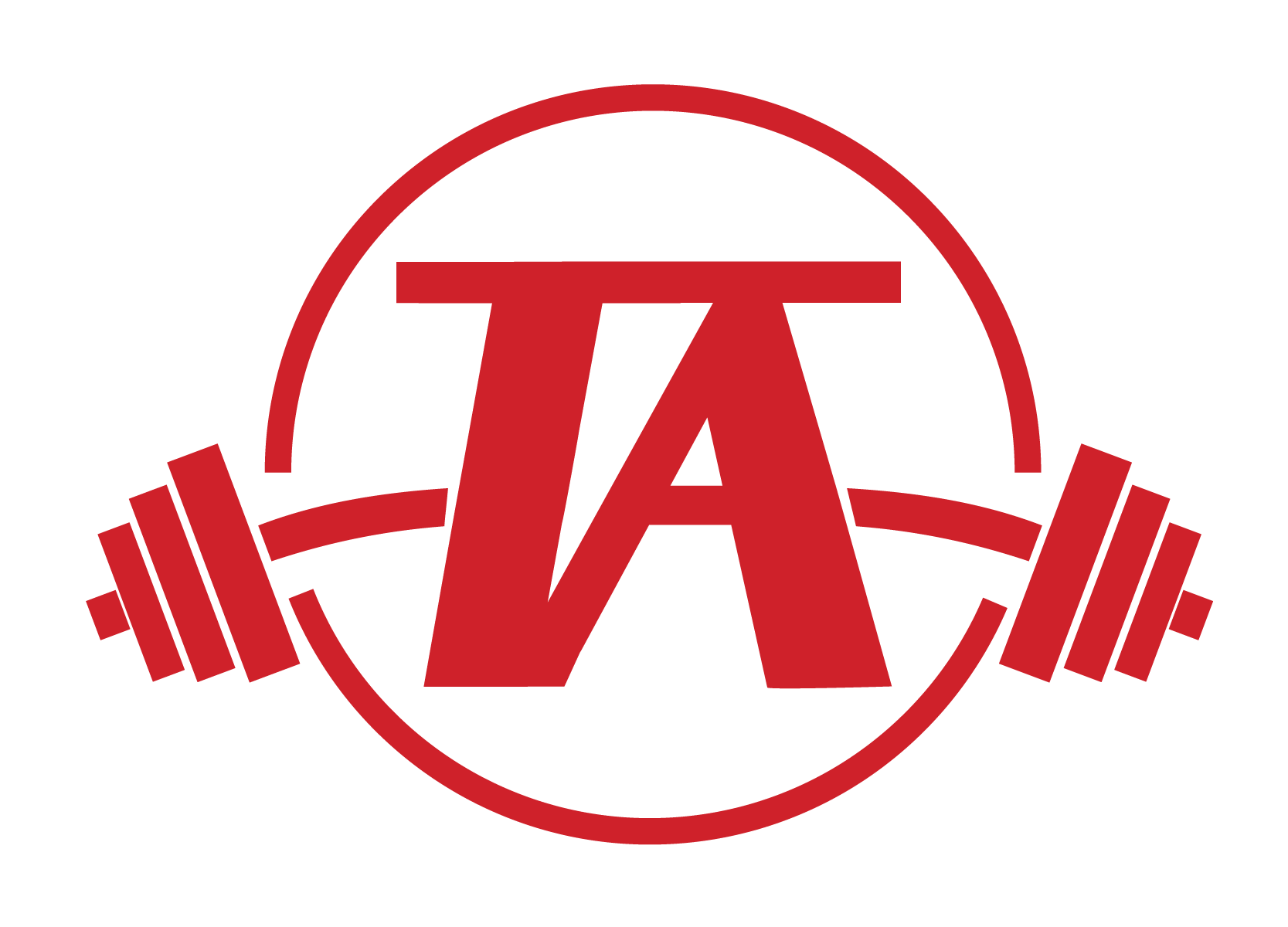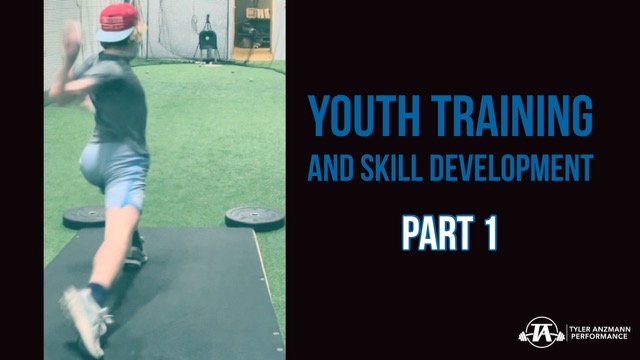As the new year begins, we set our sights toward spring sports, and that means baseball season! For our youth athletes, this means they have a couple of months before the season starts (in the mid-Atlantic region). There are some obvious factors that differentiate 10-year-old athletes vs. 30+ year old athletes, but there also some differences that may not be as obvious. In Part 1 of this series we will discuss our first consideration: developing skills and physical qualities that will help them to reach the highest possible level in the long-term.
Developing Skills and Physical Qualities
Most parents, coaches, and players would agree that being the best 10 or 12-year-old, is not nearly as important or impactful as being the best 18, 22, or 25-year-old. However, this time period still presents a significant opportunity to develop a few specific skills and physical qualities. Skills and qualities such as; speed, throwing velocity, command, bat speed, the ability to hit the ball in the air, and a wide variety of movement skill and adjustability.
Taking a short-term view of athlete development means training youth athletes to hit the ball on the ground and just throw strikes, because that is likely to result in success at the lower levels of competition. A long-term view would be understanding that there may be some growing pains as development occurs in the form of walks and flyouts, but ultimately the focus on skill and physical development will benefit the athlete to a greater degree.
The Importance of Throwing Velocity and Power
A few of the significant differences between youth athletes and adults, and more and less proficient youth athletes, are their level of coordination and their strength/power.
Throwing a ball from 46-60ft and trying to get it over a plate that is 17 inches wide is hard enough without the added pressure and yelling from parents and coaches. Cuing athletes to “just throw strikes” means that they will likely change their throwing pattern and intent to accommodate this singular goal.
From a pitching perspective, increased pitch velocity often results in improved off-speed pitches, more flexibility within the zone, and a reduction in overall success from hitters. From a position playing perspective, increased throwing velocity often results in more outs, even without perfect handling, as more plays can be made from the deep parts of the field. On the hitting side of things, the same is true, as velocity increases for pitchers and in-fielders, fielding improves and a ball hit on the ground is not as valuable. To help illustrate this point, slugging percentage on ground balls in MLB in 2021 was .266 on ground balls, compared to .692 on fly balls, and .905 on line drives (Verducci, 2022). So, while the goal is to hit line drives, if a mishit occurs, it’s better for it to be in the air than on the ground.
Whether you are throwing or hitting, command and the ability to make contact are still foundational skills, but they are only part of the puzzle.
Windows of Adaptation
Another reason to train for speed in terms of throwing velocity, bat speed, and sprinting speed, is the window of adaptation that is present for athletes at this stage. As athletes develop there are various fitness qualities that can be trained more effectively than others. While athletes are in a pre-pubescent stage speed is the quality with the greatest opportunity for development. Based on widely accepted long term athletic development (LTAD) models it is suggested that boys ages 7-9 and 13-16 are able to maximally adapt to speed training (ADM, 2022). This means that the pre-pubescent stage is the ideal time to focus on limb velocity before muscle mass and significant strength are added as athletes grow.
Puberty and Muscle Mass
Muscle mass and strength have a direct relationship as greater muscle cross sectional area is associated with greater strength levels (Maughan et al., 1983). However, strength is not purely physiological, but rather receives a significant contribution from neurological factors as well. This means that even though we are unable to impact muscle mass in a meaningful way prior to puberty, due to lower levels of anabolic hormones such as testosterone, movement quality and the efficiency of the nervous system can be improved at this stage. So, learning fundamental movement patterns (squat, hinge, push, pull, rotate, etc.) will allow for intensification later on.
Practical Application
In practice this means a few things:
- We throw fast at least once per week after we’ve on-ramped appropriately.
-
- Based on Issurin’s research into the residual effect of training, high velocity movements should be trained every 2-8 days in order to maximize and retain the benefits (Issurin, 2008).
- We train command as part of differential training sessions on low to moderate intensity days.
- Differential training is a tool used to speed the skill acquisition process through the use of novel inputs that theoretically force the body to find the most efficient way to complete the task. Combining this with a command and game component helps train command in a more fun and effective environment.
- We prioritize sprinting and do it early in a session…and make it competitive.
- As discussed previously this development window lends itself to speed development so we take full advantage. And, in order to maximize the intensity of our sprints, and make them fun, we make it a competition.
- Jump frequently and utilize different vectors and ranges of motion.
- Jumps are an extremely helpful means of supplementing speed development through sprinting. By utilizing all vectors we also help athletes build their movement rolodex as they progress.
- Throw medicine balls and other implements far/hard and compete.
- Like jumps, but for the upper body. We make it competitive as well.
- Utilize isometrics to train challenging positions and ranges of motion first.
-
- Isometrics allow athletes to isolate and strengthen specific ranges of motion that may be especially weak. For a skill to be performed a specific way, that neural pathway must be the most efficient of those available. One of the processes that improves the efficiency of a neural pathway is myelination. Myelin is insulation for axons, or the wires that carry signals along nerve fibers. It is made up of protein and fatty substances and allows electrical impulses to be quickly transmitted along axons (Medline, 2022). Isometrics can help with the myelination process due to the high levels of motor unit recruitment that occur during isometrics. As more myelination occurs, the conduction velocity is improved, leading to improved efficiency of that neural circuit along with proficiency of the practiced skill (Scholz et al., 2009).
- Load basic patterns conservatively and monitor movement quality closely.
- Once a basic level of proficiency has been achieved in the isometrics, we’ll progress to loading basic movement patterns such as the squat, hinge, push, and pull.
Conclusion
Youth athletes aren’t just little adult athletes, they have different needs and should be trained differently. An opportunity exists to train limb velocity while there are pre-peak height velocity and for the sake of their long-term development this opportunity should be seized.
Stay tuned for part 2 of this series.
If you’re interested in training with us in-person or remotely, contact us. Also, contact us of you’re interested in joining our new youth training group that meets Tuesdays and Thursdays 5-6:30pm.

